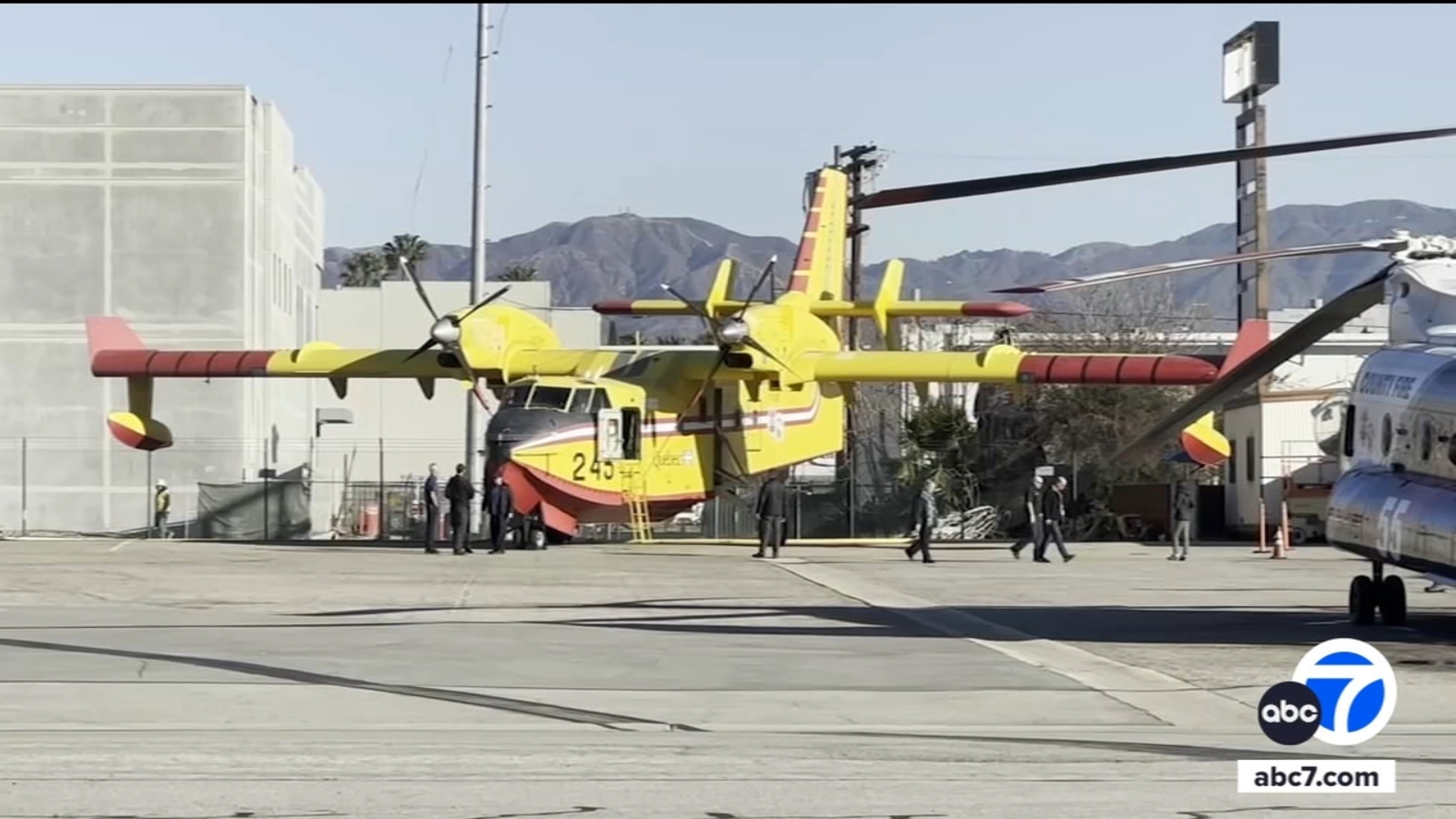This is really not good...
Reduce wildfire risk or B.C. faces dire economic consequences: study
Indirect costs — including disaster recovery, property loss, environmental damages, and business and health costs — can push the total costs of wildfires 1.5 to 20 times higher.
If B.C. doesn’t turn to large-scale efforts to reduce the risks of wildfire, it could have dire economic consequences, says a paper published in the journal
Science.
The paper was written by wildfire ecologist Robert Gray, UBC adjunct professor Robin Gregory, and Calvin Sandborn, a former professor and senior counsel at the University of Victoria law centre.
They said the wildfire picture in B.C. in the past decade is stark.
More than 70,000 square kilometres, an area the size of the Republic of Ireland, have been burned. The costs to fight those fires were $4.8 billion, with the province setting aside a wildfire contingency of $2.8 billion in its 2023-24 budget.
But that is not the entire picture.
Indirect costs can push the total costs of wildfires 1.5 to 20 times higher, from disaster recovery to property loss, environmental damages, and business and health costs.
A recent Natural Resources Canada study cited in the paper showed it cost $676.9 million to fight wildfires in the B.C. Interior in 2017, which caused 10,000 people to be evacuated from Williams Lake.
But the cost of disaster recovery, property damages, forgone timber harvesting fees, renewal of damaged forests, business interruption and lost old-growth forest was pegged at $1.184 billion.
The
Science paper points out that the total costs of the Fort McMurray wildfire were $10 billion. The Natural Resources Canada study showed the cost to fight the wildfires was a small portion of that, at $362 million.
The paper’s authors noted that it’s already difficult for jurisdictions the size of B.C. to absorb the high level of economic burden due to wildfires, and ask what happens when the rising indirect costs of wildfires increase to 10 or 15 per cent of a government’s annual operating budget.
“These are really big, ugly numbers,” Gray said in an interview.

www.piquenewsmagazine.com




